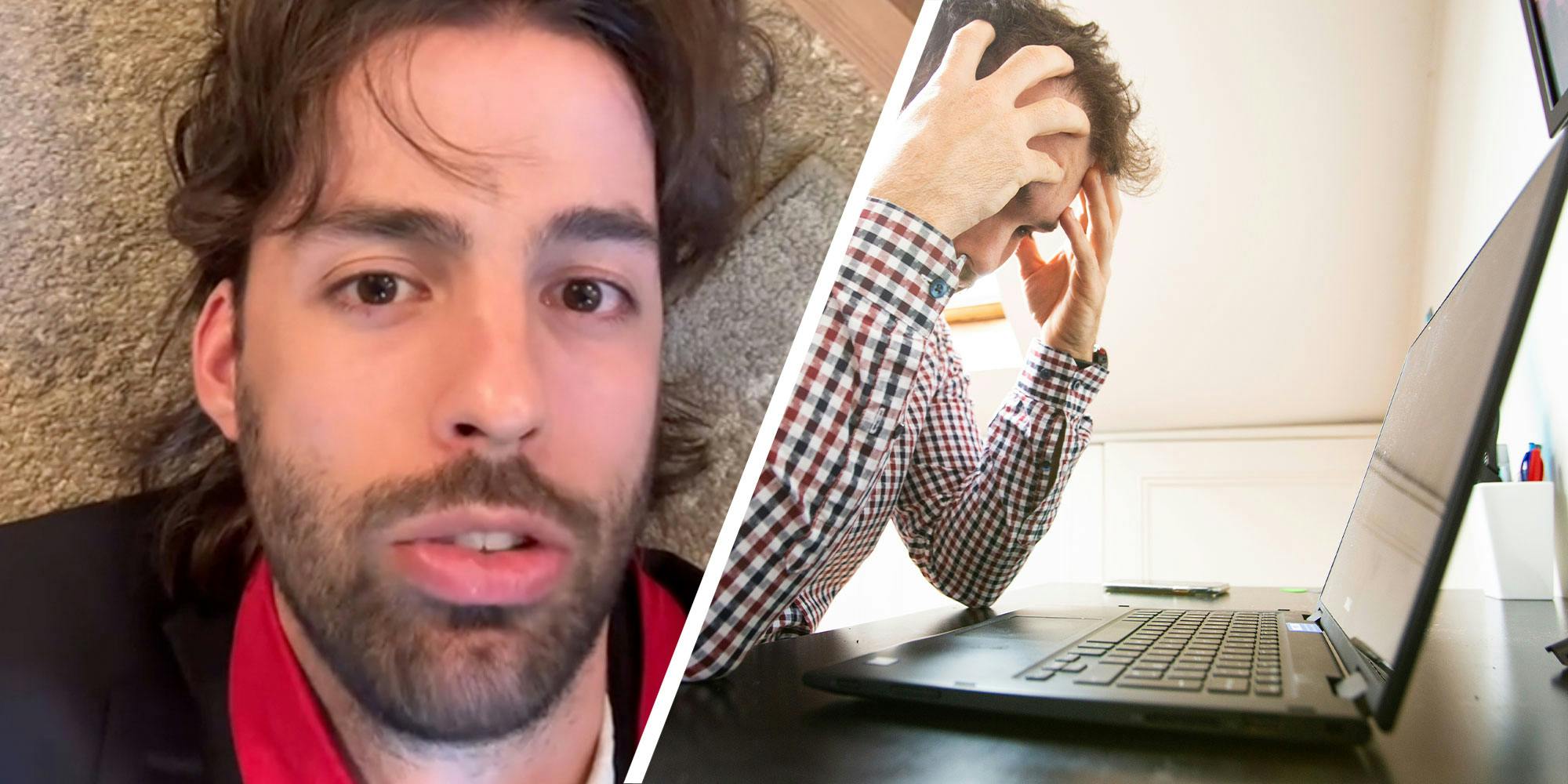A Stark Divide: HIV Progress Doesn’t Reach All Young People Equally
While global efforts against HIV/AIDS have witnessed remarkable progress, a stark disparity persists. Adolescents, particularly young women, continue to bear a disproportionate burden of the epidemic, according to a UNICEF warning issued on World AIDS Day.
Despite significant strides in HIV prevention and treatment, new data paints a worrying picture. Adolescents aged 10-19 account for approximately 6% of all new HIV infections globally. Alarmingly, young women are twice as likely to acquire HIV compared to their male peers. “This stark reality underscores the urgent need to bolster targeted interventions that address the unique vulnerabilities facing young people,” said UNICEF.
The organization emphasizes that several factors contribute to these troubling statistics. Poverty, gender inequality, and a lack of access to comprehensive sexual and reproductive health services greatly increase the risk of HIV infection for adolescents, especially girls.
Societies often marginalize young people, depriving them of crucial health information and the agency to make safe choices. Stigma and discrimination surrounding HIV/AIDS further exacerbate the problem, deterring teenagers from seeking testing and treatment when needed.
“Investing in adolescents means investing in a healthier and more equitable future for all,” UNICEF stressed.
Bridging the Gap: A Call for Action
UNICEF highlights several key areas where urgent action is required. Firstly, comprehensive sexuality education is essential. It equips young people with the knowledge and skills to protect themselves, make informed decisions about their sexual health, and combat harmful social norms.
Equally important is ensuring access to youth-friendly HIV testing and treatment services. Successfully reaching this demographic requires creating safe, confidential, and non-judgmental spaces where adolescents feel comfortable seeking help.
This includes addressing the social determinants of health that place young people at risk, such as poverty, gender inequality, and limited educational opportunities. Implementing policies that promote gender equality and empower girls is crucial in dismantling the barriers they face.
Finally, tackling stigma and discrimination surrounding HIV/AIDS is paramount. This requires fostering open conversations, promoting positive attitudes towards those living with HIV, and challenging harmful stereotypes.
Toward a More Equitable Future
World AIDS Day serves as a poignant reminder of the progress made in the fight against HIV/AIDS while also highlighting the work that remains. By prioritizing the needs of adolescents and addressing the root causes of vulnerability, we can achieve a world where everyone, regardless of age or gender, has the opportunity to lead a healthy and fulfilling life.
Bravo to the activists, healthcare workers, and organizations tirelessly working to end AIDS. Their dedication and commitment offer hope for a brighter, more equitable future for all.
How can societal stigma and discrimination surrounding HIV/AIDS be effectively addressed to encourage young people, especially young women, to seek testing and treatment?
## A Stark Divide: HIV Progress Doesn’t Reach All Young People Equally
**Interviewer:** Welcome back to the show. Today we’re discussing a worrying trend in the fight against HIV/AIDS, which while seeing overall declines, is still disproportionately affecting young people, particularly young women. Joining us to talk about this is Dr. [Guest Name], an expert in [Guest’s Expertise Related to HIV/AIDS]. Dr. [Guest Name], thank you for being here.
**Dr. [Guest Name]:** Thank you for having me.
**Interviewer:** Let’s start with the big picture. We’ve made a lot of progress against HIV globally, but there seems to be a troubling disparity among young people. Can you explain what the data is telling us?
**Dr. [Guest Name]:** You’re right. While we celebrate the advancements made in HIV prevention and treatment, we can’t ignore the stark reality that adolescents, especially young women, remain incredibly vulnerable. According to UNICEF, adolescents account for around 6% of all new HIV infections globally, with young women twice as likely to contract the virus compared to their male counterparts. [[1](https://www.hiv.gov/blog/hiv-declines-among-young-people-and-drives-overall-decrease-in-new-hiv-infections)]
**Interviewer:** Those are alarming statistics. What are some of the factors contributing to this disparity?
**Dr. [Guest Name]:** Several interconnected factors come into play. Poverty and gender inequality create immense challenges for young people, particularly girls. Limited access to comprehensive sexual and reproductive health services, coupled with societal marginalization and lack of health information, leaves them exposed and ill-equipped to protect themselves. We also can’t underestimate the impact of stigma and discrimination surrounding HIV/AIDS, which prevents many young people from seeking the testing and treatment they need. [[1](https://www.hiv.gov/blog/hiv-declines-among-young-people-and-drives-overall-decrease-in-new-hiv-infections)]
**Interviewer:** So, it’s not just a medical issue, but also a deeply social one?
**Dr. [Guest Name]:** Absolutely. Addressing this disparity requires a multi-pronged approach that tackles the underlying social determinants of health. We need to invest in adolescents, empower them with knowledge and access to quality healthcare, and create an environment free of stigma and discrimination.
**Interviewer:** What specific actions can be taken to close this gap and ensure that all young people have equal access to HIV prevention and treatment?
**Dr. [Guest Name]:** We need targeted interventions that address the unique vulnerabilities of young people. This includes strengthening education programs, promoting gender equality, increasing access to sexual and reproductive health services, and engaging communities in addressing the stigma surrounding HIV/AIDS.
**Interviewer:** Thank you, Dr. [Guest Name], for shedding light on this important issue. It’s clear that while we celebrate progress in the fight against HIV, we must remain vigilant and work tirelessly to ensure that young people, particularly young women, are not left behind.



